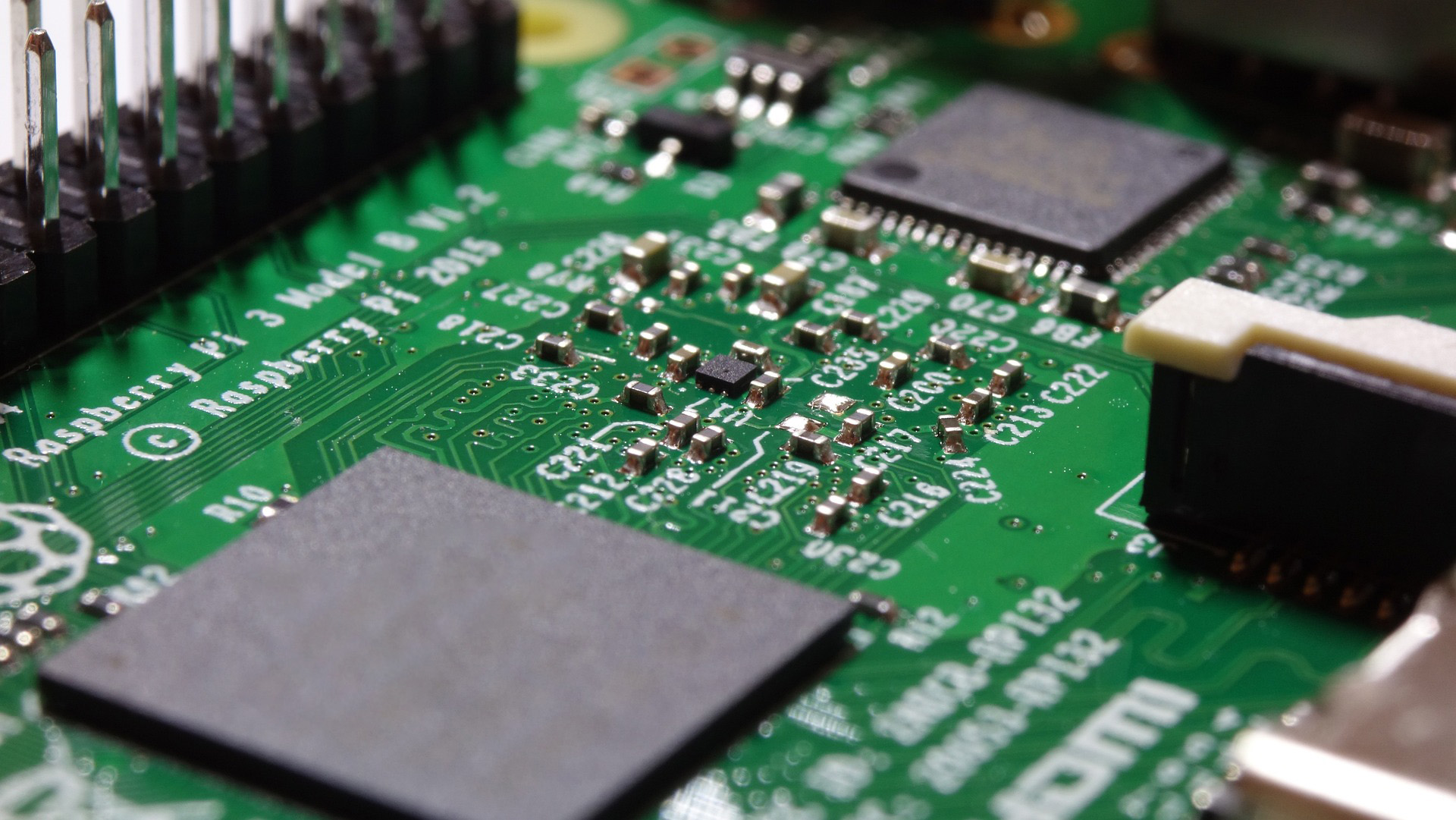
In the realm of electronics, operational amplifiers (op-amps) are fundamental building blocks used for a variety of applications, ranging from signal amplification to filtering. Among the myriad configurations of op-amps, the voltage follower stands out for its unique characteristics and versatile applications. In this blog post, we will explore the purpose of a voltage follower, its working principle, and various circuit configurations that utilize this essential component.
What is a Voltage Follower?
A voltage follower, also known as a buffer amplifier, is an op-amp configuration that provides unity gain, meaning the output voltage follows the input voltage. The primary purpose of this circuit is to isolate different stages of a system, preventing loading effects while maintaining signal integrity.
Purpose of a Voltage Follower
1. Impedance Matching: One of the most significant roles of a voltage follower is impedance matching. It allows a high-impedance source to drive a low-impedance load without significant signal loss. By presenting a high input impedance and a low output impedance, the voltage follower minimizes the risk of loading down the previous stage.
2. Signal Isolation: In complex electronic systems, components can interact in undesirable ways. A voltage follower provides isolation between stages, ensuring that changes in one stage do not adversely affect others. This isolation is crucial in sensitive applications, such as sensor interfacing, where the signal must remain accurate and undistorted.
3. Signal Conditioning: Voltage followers can be used in signal conditioning applications, where the aim is to prepare a signal for further processing. By buffering the signal, it can be processed without altering its original characteristics, thus maintaining fidelity.
Working Principle of a Voltage Follower
The voltage follower operates on the principles of feedback in an op-amp configuration. The essential features of a voltage follower include:
• Configuration: The voltage follower uses a non-inverting op-amp configuration, where the input signal is fed into the non-inverting terminal (+) of the op-amp. The output is connected directly to the inverting terminal (−), creating a feedback loop.
• Gain: In a voltage follower, the gain (A) is defined by the formula:
A=VoutVin=1A = \frac{V_{out}}{V_{in}} = 1
This indicates that the output voltage (Vout) is equal to the input voltage (Vin).
• High Input Impedance and Low Output Impedance: The high input impedance ensures that the voltage follower does not load the previous stage, while the low output impedance allows it to drive subsequent loads effectively.
Circuit Configuration
1. Basic Voltage Follower Circuit: The simplest voltage follower circuit consists of an op-amp with its output connected to the inverting terminal. The input signal is applied to the non-inverting terminal. This configuration is easy to set up and provides reliable performance in most applications.
2. Voltage Follower with Power Supply: To enhance performance, a voltage follower can be powered by dual power supplies (e.g., +15V and -15V) to accommodate both positive and negative input voltages. This is particularly useful in applications involving AC signals, ensuring the output can swing around zero volts without clipping.
3. Multiple Voltage Followers: In some cases, several voltage followers can be cascaded to buffer multiple signals in a circuit. Each stage provides isolation, ensuring that the performance of one follower does not affect the others. This is particularly useful in analog signal processing systems where multiple sensor outputs need to be managed.
4. Active Filters: Voltage followers are commonly used in active filter circuits. For instance, in an active low-pass filter, a voltage follower can buffer the output of the filter stage, providing the necessary drive capability while maintaining signal integrity.
5. Analog-to-Digital Conversion: In data acquisition systems, voltage followers play a critical role. They can buffer the output of analog sensors before sending the signal to an analog-to-digital converter (ADC), ensuring that the ADC receives a clean and accurate representation of the analog signal.
Applications of Voltage Followers
Voltage followers have a wide range of applications across various fields:
• Sensor Interfaces: In applications where sensors provide high-impedance outputs, voltage followers can buffer the signal for further processing without distortion or loss of fidelity.
• Audio Equipment: In audio systems, voltage followers are often used to isolate different components, preventing loading effects and ensuring high-quality sound reproduction.
• Instrumentation: In measurement systems, voltage followers help to ensure accurate readings by isolating the measuring instrument from the source signal.
• Signal Processing: Voltage followers are crucial in signal processing chains, ensuring that signals can be amplified or modified without introducing unwanted artifacts.
Conclusion
The voltage follower is a deceptively simple yet incredibly powerful tool in the electronics toolbox. By providing unity gain, high input impedance, and low output impedance, it plays a critical role in a wide variety of applications. Whether used for signal isolation, impedance matching, or buffering, the voltage follower ensures that signals maintain their integrity while effectively interfacing with different components in a system. Understanding the purpose, working principle, and various circuit configurations of voltage followers is essential for anyone looking to delve deeper into the world of electronics and circuit design.





.png&w=256&q=75)







